$4500
5 Stars
ProAc’s new speakers are super-revealing, and really tell it like it is.
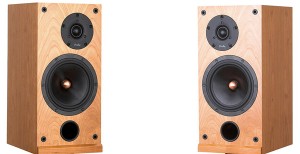 FOR SOME TIME now ProAc speakers have been high on my lust list. Some might wonder how one could lust after what is essentially a rather plain looking veneered wooden box but, apart from the fact that I like my speakers to have a demeanour of elegant simplicity, it’s what they sound like that has earned the company such a respected following.
FOR SOME TIME now ProAc speakers have been high on my lust list. Some might wonder how one could lust after what is essentially a rather plain looking veneered wooden box but, apart from the fact that I like my speakers to have a demeanour of elegant simplicity, it’s what they sound like that has earned the company such a respected following.
ProAc make a stunning range of speakers, floorstanders and standmounts, from the relatively affordable to the formidably expensive, all of which are carefully hand-crafted in England, and with each model careful consideration is given to ensure the speakers are designed and built with the highest quality materials to give the highest quality sound. Do I sound breathless?
Indeed, I was rather excited when I was informed that there was a pair of Response D Two Standmounts with my name on them for review, so I shot off to pick them up, along with a hefty pair of B&W speaker stands to ensure best performance. My much loved Spendor SP2/3s were swiftly dispatched to the bedroom and the D Twos set up in their place, with the aid of some ‘Audiophile’s Friend’ (Blu-Tak) to keep them firmly on the stands.
The review pair was finished in lovely Cherry veneer and there are five other finishes available, including Mahogany, Maple and Ebony. The D Two (‘a true compact Monitor’, according to the website) is a two-way front ported design, with sensitivity rated at 88.5db and a nominal impedance of 8 ohms. Frequency response is stated as 30 Hz to 30 KHz and recommended amplification is 30 to 150 watts. The dimensions are 430mm high, 203mm wide and 260mm deep (a good size for a small to medium room, I reckon) and each speaker weighs 11 kgs. The drive units consist of a ProAc-made 1-inch silk dome tweeter which is air-cooled and features inner damping, and a ProAc 6 ½-inch bass driver with ‘Excel Magnet system, glass fibre weave cone and copper phase plug.’ The tweeters are offset and it is recommended that the speakers be set up with the tweeters on the inside (closest to the centre of the soundstage). Two sets of quality binding posts which accept bare wire, spades or banana plugs are located (nicely recessed) on the back; don’t forget to remove the terminal links if you wish to use bi-wire cables. The heavily damped cabinet is made from birch ply with mirror-image real wood veneer. The grille is ‘acoustically transparent crimplene’, which I take to mean that the speakers are voiced so the grilles can be left on (more on that soon). I was advised that the D Twos would need a good hundred hour’s run-in before sounding their best, so I set about making that happen.
For the review I fed the D Twos 100 watts per channel with an excellent Korsun solid state integrated amplifier. Sources were my Well Tempered Record Player mounted with a 12-inch Analog Instruments ‘Apparition 12’ tonearm with a Benz ACE low output moving coil cartridge running through a customised Trichord Dino phonostage. For digital media I used a Rega Apollo CD player and a Rotel RDD-06 DAC (review pending) playing FLAC files from my laptop. I used cables from Chord, Atlas, QED and RuleConnect power cables.
Positioning… and Grilles
I spent some time positioning the speakers in order to get the best performance from them. I tried various degrees of toe-in before deciding on the User’s Manual’s recommendation – toe them in so that from the listening position you cannot see either side of each speaker. I found that placing them at about 15 inches from the rear wall to the back of the cabinet gave the best sound in my room.
Here I must quickly mention those grilles again. Save for a ‘ledge’ or ‘lip’ across the bottom, the grilles take up the entire front baffle and, frankly, I concluded that the D Twos look much better with the covers off – they just look smarter and I like seeing the copper phase plug contrasting with the black driver material. (At first I wasn’t sure about the ‘lips’ either; they reminded me of a toothless old coot with his bottom lip sticking out, but having lived with them for a while, I now just see a pair of handsome, finely built speakers). Of course it’s entirely a matter of individual preference and I could distinguish little difference in sound quality with the grilles on or off.
After I was satisfied that the speakers were well run-in, I set about some serious listening.
Sound Quality
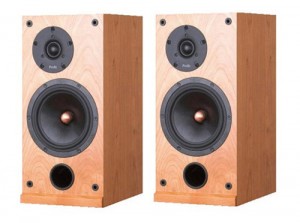 The first track I chose was ‘Break Tune #2’ off the Arthur Blythe Trio’s Spirits In The Field CD. The album was recorded at Bimhuis, a live jazz venue in Amsterdam, in 1999 and features Arthur Blythe on alto saxophone, Bob Stewart on tuba and Cecil Brooks III on drums. The recording is quite wonderful, really picking up the venue’s acoustics and showing off the immense skill of the three performers. The D Twos did the album a great service, with the aforementioned track sounding as clear and lively as ever with great imaging and a decent soundstage. Arthur Blythe’s saxophone intro blasted sharp but sweet notes into the room and as the tuba, followed by drums, kicked in, the listening room became suddenly excited. The tuba sounded superb, handling all the bass notes, while cymbal taps courtesy of Brooks III had a lovely metallic ring – his hard whacks on the cymbals at the end of the song were agreeably explicit. The D Twos’ transparency was impressive, as were the clean, detailed midrange and what I initially perceived to be a smooth sounding treble.
The first track I chose was ‘Break Tune #2’ off the Arthur Blythe Trio’s Spirits In The Field CD. The album was recorded at Bimhuis, a live jazz venue in Amsterdam, in 1999 and features Arthur Blythe on alto saxophone, Bob Stewart on tuba and Cecil Brooks III on drums. The recording is quite wonderful, really picking up the venue’s acoustics and showing off the immense skill of the three performers. The D Twos did the album a great service, with the aforementioned track sounding as clear and lively as ever with great imaging and a decent soundstage. Arthur Blythe’s saxophone intro blasted sharp but sweet notes into the room and as the tuba, followed by drums, kicked in, the listening room became suddenly excited. The tuba sounded superb, handling all the bass notes, while cymbal taps courtesy of Brooks III had a lovely metallic ring – his hard whacks on the cymbals at the end of the song were agreeably explicit. The D Twos’ transparency was impressive, as were the clean, detailed midrange and what I initially perceived to be a smooth sounding treble.
Next up were a couple of tracks from Stephen Malkmus and the Jicks’ 2003 album Pig Lib – ‘Witch Mountain Bridge’ and ‘1% Of One’ – not exactly audiophile quality recordings but great rock tracks in their own right. The D Twos rocked the songs out admirably, showing up their lo-fi leanings but without compromising enjoyment (I don’t believe lo-fi means ‘bad-fi’ at all). I was impressed with the bass weight, agility and coherence, not to mention the overall speed in which the tracks were delivered, especially as the nine plus minute epic ‘1% Of One’ built to its electrifying climax, keeping me firmly in my seat concentrating, mesmerised, on every note. Drums had great authority, grooving the songs along with the bass remarkably well. Malkmus’ unique vocal style stood out nicely from the mix, never becoming swamped under by the other instruments.
Having enjoyed the Jicks’ album, I decided to chuck on The Doors’ first album (the sublime Rhino remastered version) and listen to ‘The End’. Wow. Cymbals were crisp and lifelike and John Densmore’s immaculate drumming had me enthralled as the D Twos lent a holographic quality to his kit, hanging just in front of the left channel. Jim Morrison stood before me, leather pants and bulging crotch (not that I looked, honest), dead centre, beside the driving organ. Robby Krieger (a most under-rated guitarist in my opinion) stood to the right, with his spaced-out noodling, on guitar. The overall sonic picture was smooth and dreamy with Densmore’s drumming really standing out, always amazing me at how well it fits Morrison’s vocals like a glove. Again, I was impressed by the transparency of the D Twos, the spaciousness of the soundstage and the weight of the instruments and the accurate, clearly expressed midrange; everything had a cohesive ‘as it should be’ feel. I enjoyed ‘The End’ several times over and each time the song finished I was thoroughly cross it had to end.
Listening to the song ‘Knotty Pine’ by the band Dirty Projectors (and featuring Talking Heads’ David Byrne) from the album Dark Is The Night, an excellent 4LP compilation released in 2009, starring such acts as Feist, Spoon, Arcade Fire, Beirut and many more, I found that the soundstage and imaging were incredible with guitars jangling on the far side of both speakers, accompanied by licks from the piano. Bass was fast, punchy and tight while vocals were breathtakingly clear. The D Twos really pulled me into the performance and I marvelled at the holographic nature they imbued and noted the energy in the top end. The song was rendered exciting and full of vigour; almost making me want to get up and shake my white ass.
For fun I put on Shackleton’s (Skull Disco) ‘Death Is Not Final’ 12” single. This is a rather eerie bass heavy electronic/techno track which I am pleased to have in my collection. Full of percussion (along with a thumping kick drum), synthesizers and creepy atmospheric effects and samples (including some Indian chanting), it provides a pretty decent workout for any set of speakers. I admit I was a little apprehensive about how the D Twos would cope but they performed admirably – the mid/bass drivers gripped onto the pounding bass line and stayed totally in control. I was seriously impressed at how low these little ProAcs could go; they certainly caused a few extraneous rattles in my room, yet the bass remained precise and swift, never becoming thick or loose. Each layer of the track was clear, focused and ultra-detailed and the speakers all but disappeared. When I played this track to my friend James from Analog Instruments during one of our beer-fuelled listening sessions, he commented that this could be the record that would sell the speakers to a prospective buyer. I have to say that I agree – I can almost guarantee you’ll want to own a pair of ProAc D Twos if they’re demoed with Shackleton’s ‘Death Is Not Final’.
Wilco’s ‘At Least That’s What You Said’ from the 2004 A Ghost Is Born album starts with gentle piano and Jeff Tweedy’s soft vocals before erupting, via sudden slamming bass and drums, into a near cacophony of guitar and piano, both trading blows with almost relentless, tummy-tickling intensity. This could potentially get a bit too much for some speakers but the little D Twos handled it exceptionally well, allowing plenty of space between the instruments so the music never became congested or over-bearing. The speakers really hurled the song into the room and I imagined I could feel the air rushing past my face (though that could have been from my wife, yelling at me to “turn that bloody music down”. I kid.) It really was impressive and adrenaline-rushing and I was ever aware of the speakers’ ability to lay everything bare, telling all.
On tracks from Beirut and then Bill Callahan (from his utterly superb 2011 album Apocalypse) brushwork on cymbals and snares was very lifelike while acoustic guitars sounded full bodied with strings ringing out nicely; leading edges were clear and distinct. When Callahan whistles during ‘Frees’, I could distinctly hear his breath pushing the notes out. His charmingly sober baritone on the beautiful epic ‘One Fine Morning’ was placed, floating, dead centre and I couldn’t determine any cabinet colouration added to his vocal; it was free and natural.
Thinking about the high energy in the treble and the generally revealing nature of the speakers, I wondered how the D Twos would sound with less than perfect quality material. I have a newish 180 gram pressing of Neil Young’s 1975 album Tonight’s The Night which I’ve never considered to be a particularly good recording (actually,I don’t think too highly of the pressing either). My Spendors kind of smooth over much of the unruly treble and somewhat congested midrange on the LP, whereas the ProAcs are more honest, in fact they are honest, like a good monitor should be. It’s a great album, one of my favourites, full of darkness and melancholy with a ragged and drunken feel to the playing, and the ProAcs really exposed that rawness, almost ruthless in portraying the grief Young must have been feeling at the time (he’d lost two friends to drug overdoses) with searing guitars and wailing vocals. It wasn’t an easy listen (physically or emotionally) but the D Twos just told it how it was; adding nothing, revealing all.
For critical listening you’ll find yourself seeking out the best recordings possible, which is no big thing as we all, as audiophiles, strive to do this anyway.
Conclusion
I enjoyed my time with the D Twos. The midrange is exceptional – clear, detailed and natural; low frequencies are stunning in their fast, accurate delivery and, with particularly good recordings, high frequencies can be exhilarating. On the whole a beautiful sonic picture is created, from well behind the cabinets to far out into the room with sharply precise imaging and incredible detail, resulting in, crucially, an incredible listening experience.
Careful system matching is a must, as is quality source material. Also, ensure you use substantial speaker stands and I think you’ll be happy with the ProAc Response D Twos for a very long time. – ANDREW BAKER

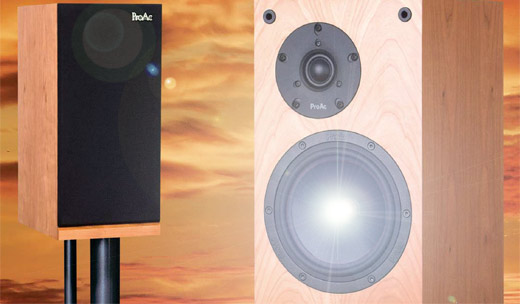


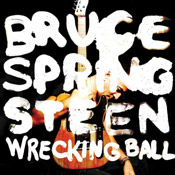

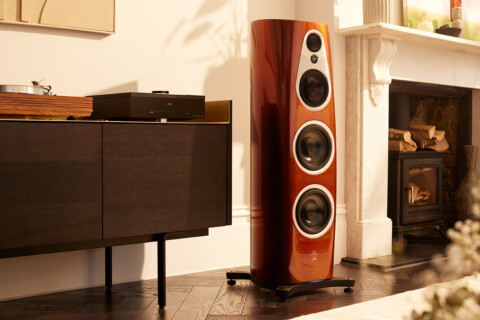
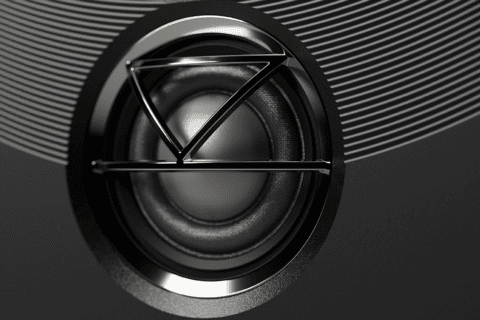
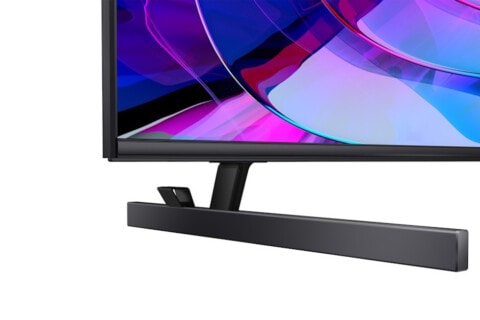
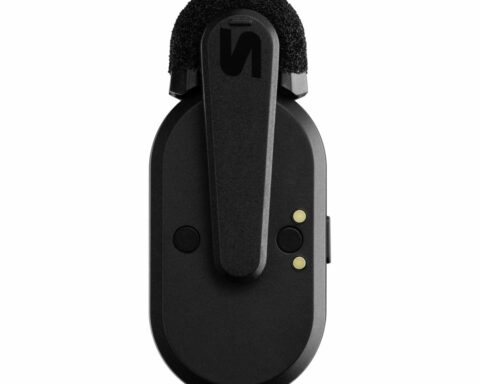
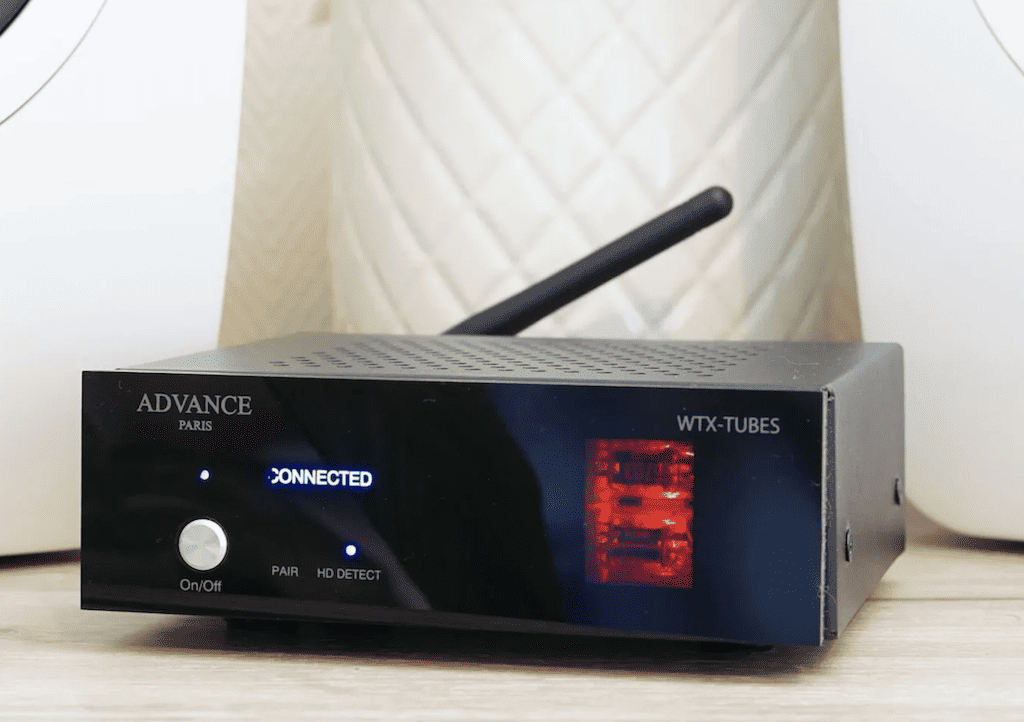

Good write up Andy!
Thank you for excellent review, your descrptions were spot on. The D2
was designed because of demand after we discotinued R2. This time I had better drive units and technique to play with. I wanted the D2 to
have primarily a stunning mid range of course good bass and top as well, so I used BBC monitors along with bigger Proac’s with ATC mid
domes to get mid unforgettably open and transparent. The result is a
speaker that pretty much covers all music and applications , apart
from extreme levels in very large rooms.
Thanks again .
Stewart
Thank you for your response Stewart. The D2s are remarkable speakers and it was a pleasure having them in my home.
Stunning write up Andrew, you have a great style of writing. Great stuff!
Magnificent Speakers these D2 are. I love them playing every sort of music. The sound is lively, energetic, precise, very close to neutral and its bass (provided they are just a stand mount ones) and treble are amazing, second to none in 20 square meters. Midrange is also fluid and open soundstage puts an icing on the cake. I had Studio 100s before and praised them for fantastic midrange, but D Twos are much more mature overall and dynamic as well.
What you really need is high end source and amplification. I strongly recommend high power tube amp and best possible DAC or turntable you can afford.
I cannot imagine better standmounters than D Twos at home, at this price level some above.
I have D2 loudspeakers in my home, and I had listened to many monitor speakers, but ProAc D2 for me are amazing loudspeakers.
I have had the d2s for a year and after they were broken in it is the best I have had to date all natural